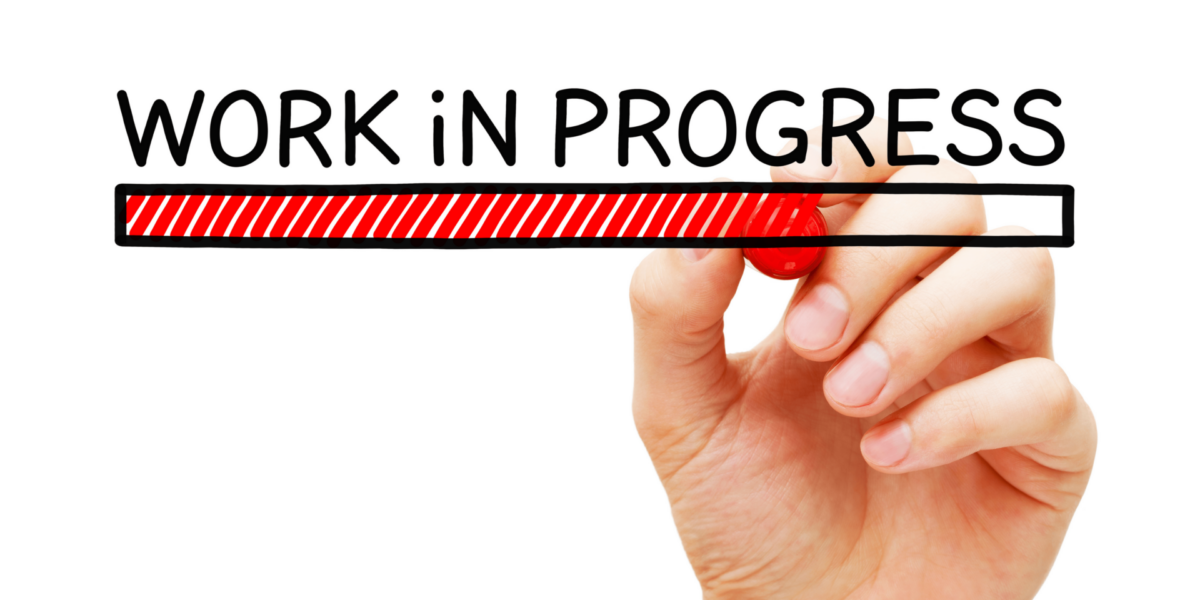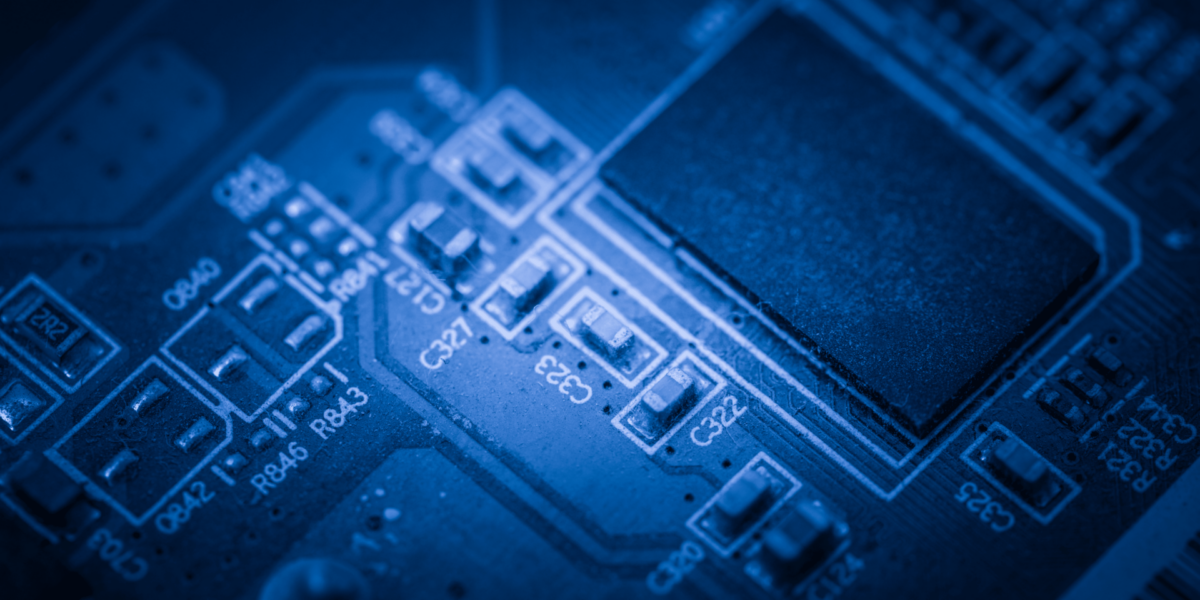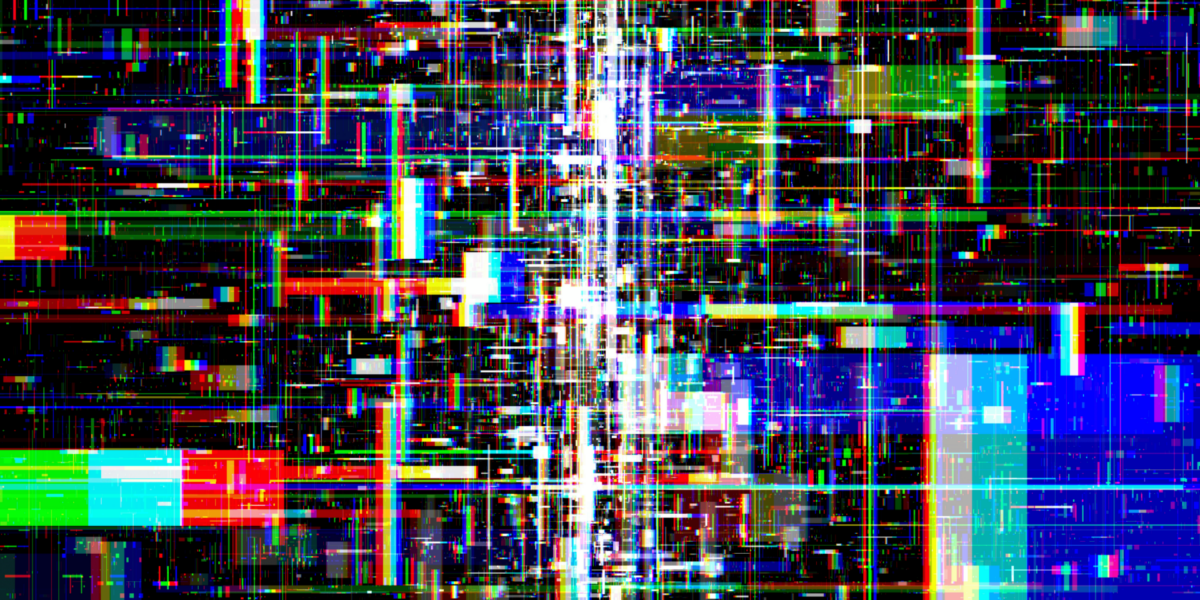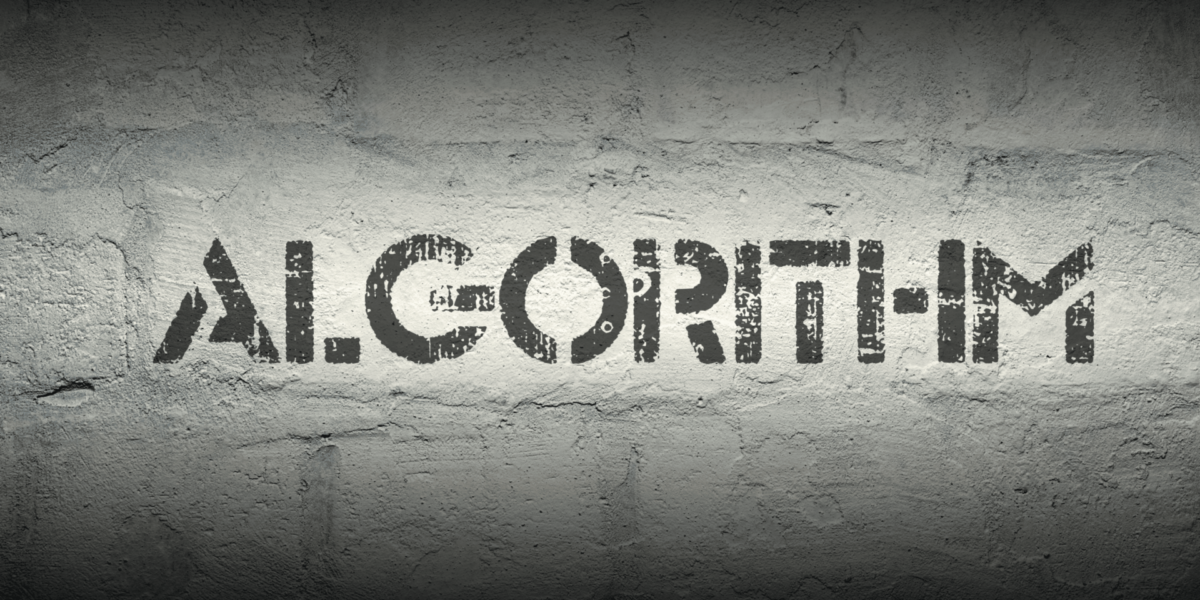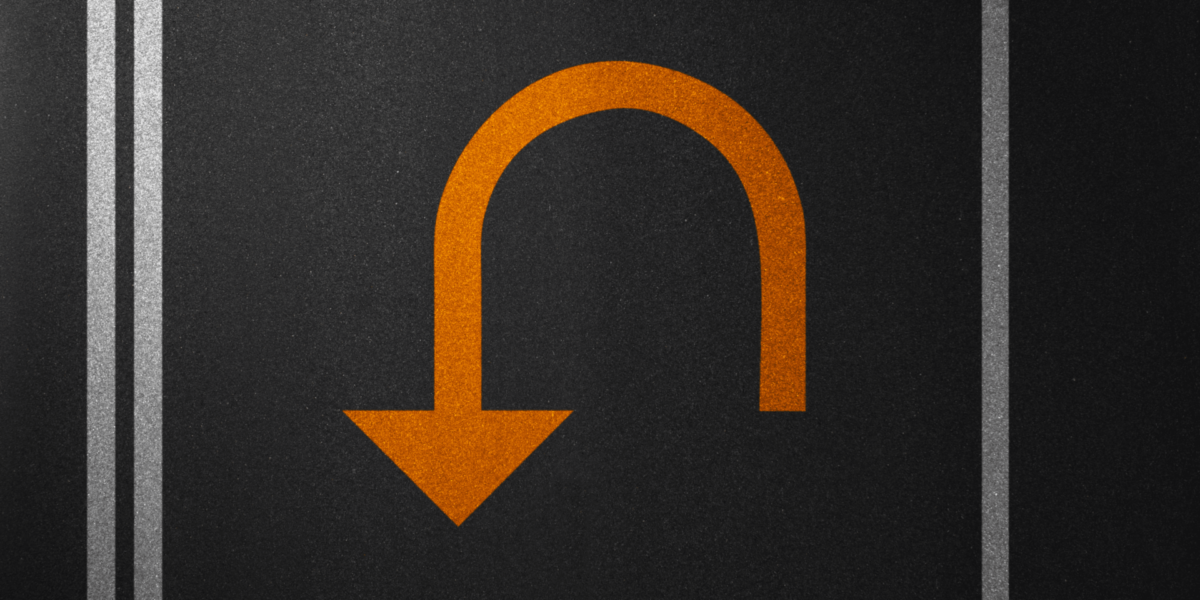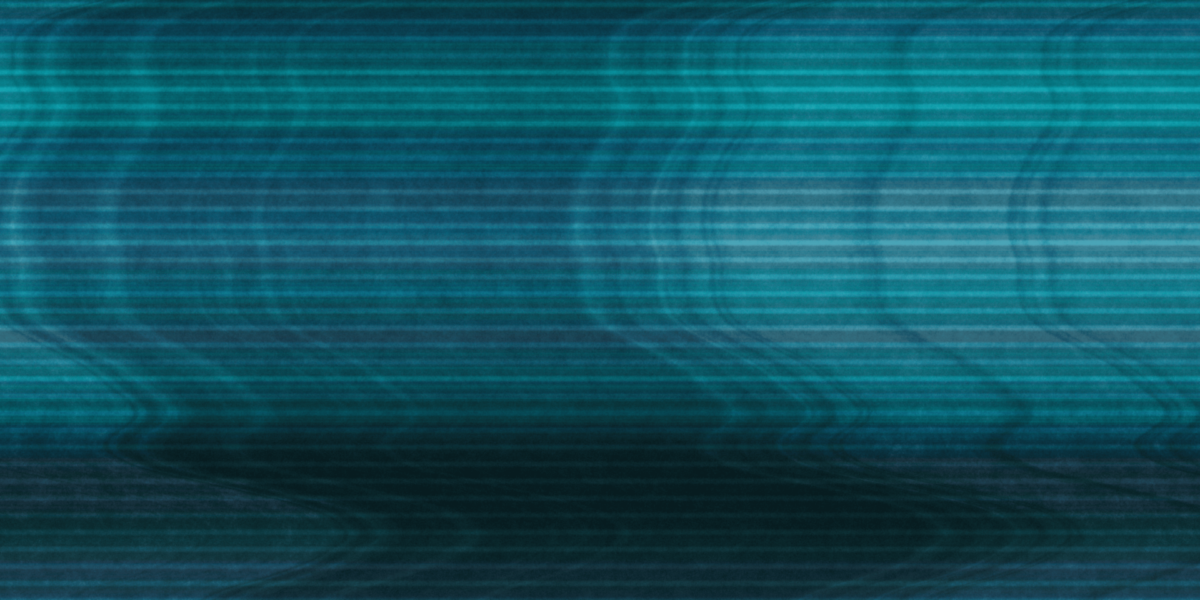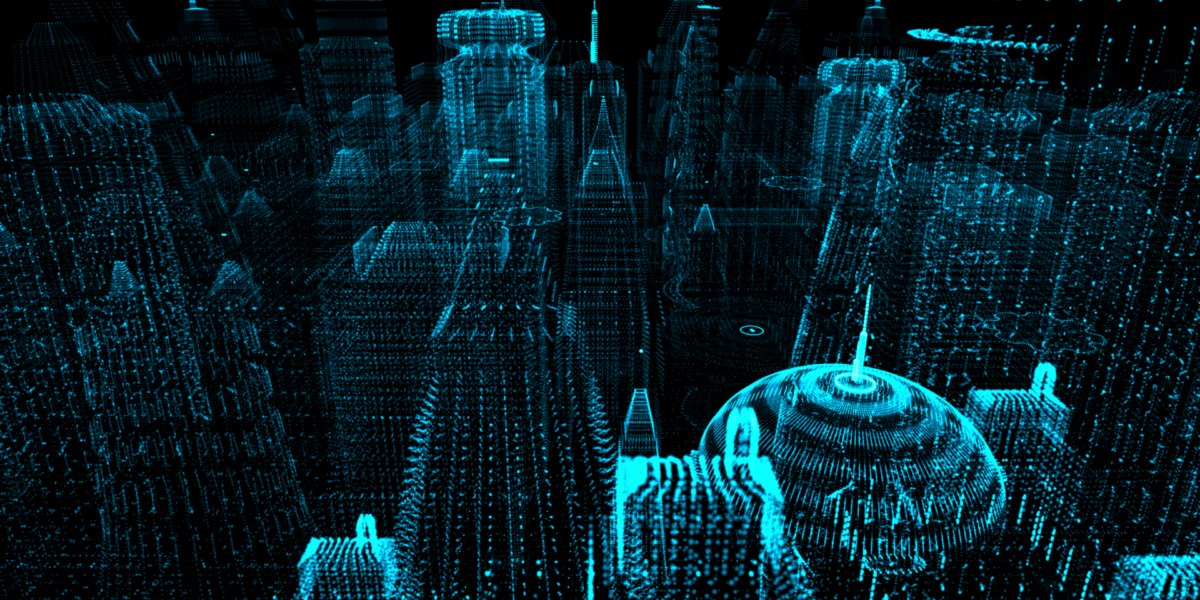Data Loss Restructures the Timeline
Digital data creates the framework for how we record and remember time. Every file—whether a photo, message, or timestamped document—marks a moment in a structured sequence. When that data is lost, our ability to trace the past becomes unstable.
Imagine opening a project folder from three years ago only to find half the files missing. The event still occurred, but the trail is broken. The absence of data makes the timeline unclear. Without the full sequence, your perception of what happened, when, and why begins to shift.
Incomplete Records Lead to Misinterpretation
Data does more than store facts—it shapes how we interpret events. When files are missing, the remaining fragments gain disproportionate weight. Users may assign importance to the wrong details simply because they’re the only ones left.
For instance, if a digital journal loses every other entry, the gaps distort emotional memory. Someone may interpret that time as unstable or chaotic when the missing entries could have shown growth or stability. The loss doesn’t just delete—it distorts the emotional chronology.
Digital Absence Alters Historical Accuracy
When large-scale data vanishes—such as from deleted websites, corrupted drives, or obsolete formats—entire sections of history become inaccessible. Researchers, analysts, and even casual observers lose context. The timeline fractures not from false information, but from silence.
A realistic scenario might involve a digital archive of policy documents. If half of the files were never backed up, historians years later would lack insight into key decisions. They could infer intentions incorrectly, not because they misunderstood, but because the evidence no longer exists.
Personal Timelines Become Fragmented
Individual users track their lives through digital footprints. Photos, chats, schedules, and saved content help reconstruct personal history. When data is lost—through failed backups, accidental deletions, or service shutdowns—those timelines blur.
Without clear markers, people struggle to recall sequences. Was that vacation before or after the job change? Did a relationship end before or after that major event? When the digital trail is broken, memory fills the gaps, often imperfectly.
The Illusion of Permanence Disguises Risk
Many users assume cloud storage, social media platforms, and digital devices will preserve everything indefinitely. This belief leads to reduced effort in manual backup or record-keeping. But platforms change, policies evolve, and content disappears without warning.
The result is a false sense of security. Users organize their lives around tools that do not guarantee longevity. By the time data disappears, it’s too late to recreate or retrieve it. And with it, time becomes harder to track with clarity.
Lost Data Skews Collective Memory
Collective memory—the stories a society tells about its past—relies on shared access to events, records, and evidence. When important digital artifacts vanish, society forgets not just content, but the context around it. Public opinion shifts based on what survives.
This alters how people view cultural or political change. If news footage, social commentary, or artistic work disappears, the record of public response is incomplete. Future generations form ideas about past events with only part of the story, shaped by what digital pieces remain.
Temporal Gaps Impact Emotional Processing
People use digital memories to process emotional events. Revisiting messages, photos, and journal entries helps them reflect and understand how they’ve changed over time. If key content goes missing, emotional clarity suffers.
A person trying to revisit a difficult year may find that much of their archive is gone. Without access to their past reactions, reflections, or support conversations, they’re left with vague impressions. Emotional processing becomes harder when the data that supported growth is erased.
Chronology Requires Context, Not Just Content
Even when some data remains, it often lacks surrounding context—metadata, source files, or related materials. Without those connections, the content loses relevance. Time no longer flows from one moment to the next; it becomes a collection of isolated fragments.
For example, an email may survive, but without the attached documents or prior thread, its meaning is unclear. The event it references is disconnected from the timeline. The digital moment exists, but it floats outside any useful chronological structure.
Preservation Efforts Must Match the Pace of Creation
Digital content is produced rapidly, but preservation efforts often lag behind. Users create faster than they organize, and platforms prioritize engagement over archival integrity. To prevent data loss from distorting time, systems must integrate sustainable storage practices.
This means adopting open formats, using redundant backups, and designing platforms that support long-term data retrieval. If data creation continues to outpace protection, understanding of time will keep fracturing—first at the personal level, then historically.
Time Needs Data to Hold Its Shape
Data is not neutral. It organizes how we remember, feel, and understand time. When data is lost, it doesn’t just erase facts—it reshapes personal and collective narratives. The moments we forget are often the ones we didn’t think to save.
To preserve a meaningful timeline, we must treat digital content as essential infrastructure. Protecting it means protecting memory. And in doing so, we protect how time itself unfolds in human experience—measured not just by clocks, but by what we remember.

